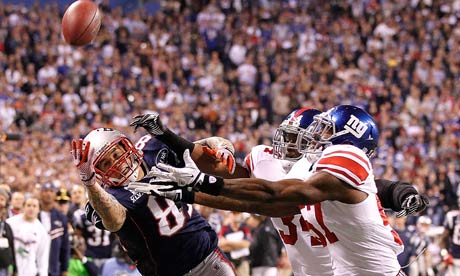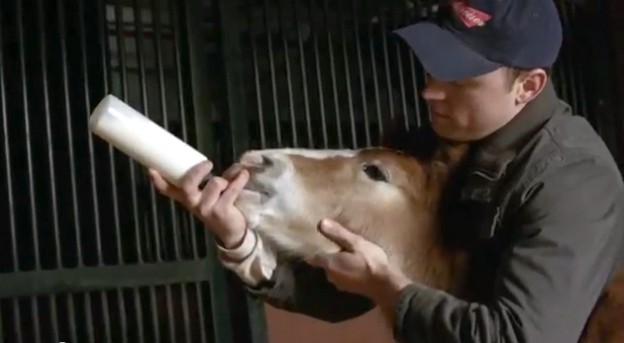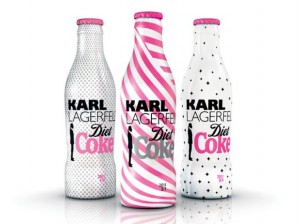Writing this final blog post, I am thinking back to everything I have done in COMM 296 that has added value to my knowledge and understanding of marketing. The marketing plan assignments (1&2) have been especially helpful because it has allowed me to apply classroom and textbook material and analyze a company’s marketing strategy, the environment in which it operates and how the company positions itself in the eyes of its desired target market.
In the beginning of the term when I first learned about the assignments, I was excited to learn that I would be doing a marketing analysis of a real-world company with a team and implement suggestions that would improve the company’s overall operations. Coming into the course, I had no idea what CDSTEP, the 4Ps or STP was. Despite the long hours and late nights spent on the marketing plan assignments, my team grew and developed as a whole having thoroughly grasped the textbook concepts and extra information.
With regards to assignment 3, it has been an overall positive experience for myself and my group members. The Digital Media Lab was a very helpful resource for our team in that talking with one of the experts there provided our team with a framework for our group to work with. They also taught us how to work with the software on the computers in the lab. However, what I realized was that, unless the group had at least one person who was familiar with video-editing technology, the assignment would have otherwise been very difficult to complete. Thankfully, my group had an individual who was comfortable with video-editing software. Thus, as a group we were able to work efficiently and effectively because he would tell us what was needed for the video and collectively, as a group, the rest of us were able to gather the images and videos clips as well as the recordings needed in a timely fashion.
Overall, I really enjoyed the experiences I had with these assignments and in COMM 296 as a whole. It has been a very rewarding journey, opening my eyes to the possibilities in the world of marketing.



 However, there are cons of making YouTube videos as well. The primary issue with choosing the Internet as a medium of advertising is that the Internet is becoming cluttered. A link to your YouTube video is no longer just a link to your video. Rather, there is a multitude of other advertisements from other third parties. For example, sometimes when you click on a video, there is usually another 15-30 advertisement that plays before your video. Also, sometimes there are pop-up ads during the video. This can get distracting for the audience that you want to target because they may get annoyed and/or frustrated and may not interpret the message that you want to convey in your ad as well as you had hoped.
However, there are cons of making YouTube videos as well. The primary issue with choosing the Internet as a medium of advertising is that the Internet is becoming cluttered. A link to your YouTube video is no longer just a link to your video. Rather, there is a multitude of other advertisements from other third parties. For example, sometimes when you click on a video, there is usually another 15-30 advertisement that plays before your video. Also, sometimes there are pop-up ads during the video. This can get distracting for the audience that you want to target because they may get annoyed and/or frustrated and may not interpret the message that you want to convey in your ad as well as you had hoped.









